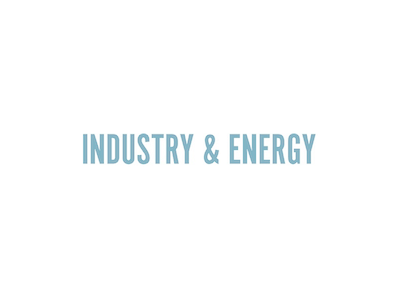Germany – Chemical group BASF wants to be CO2 neutral by 2050. By 2030, the group wants to reduce its global greenhouse gas emissions by 25 percent compared to 2018. And this while growth continues and BASF is currently building a large chemical complex in southern China. In total, BASF plans to invest up to €1 billion by 2025 to reach its new climate target and another €2 to €3 billion by 2030.
In the list of flagship projects Antwerp is specifically mentioned. At the Antwerp site BASF plans to invest in one of the largest carbon capture and storage (CCS) projects under the North Sea. Together with partners in the Antwerp@C consortium, this creates the possibility of avoiding more than 1 million tonnes of CO2 emissions per year in the production of basic chemicals. A final investment decision is planned for 2022.
Turquoise hydrogen
The company also wants to accelerate turquoise hydrogen. This is an emission-free route to produce hydrogen from natural gas or biogas, with carbon as a second product. BASF is developing a technology for this based on methane pyrolysis. Compared to other processes for emission-free hydrogen production, methane pyrolysis requires only about a fifth of the electrical energy. A pilot reactor has been built in Ludwigshafen and is currently being started up.
Electric cracker
It was recently announced that BASF, together with SABIC and Linde, is working on a test furnace for the world’s first electrically heated steam cracker. Compared to conventional crackers, this would allow for an almost CO2-free production of basic chemicals. If the necessary funding is granted, the pilot plant is scheduled to start up as early as 2023.
Feedstock
Green hydrogen is also on the list. In cooperation with Siemens Energy, BASF is currently investigating the possibilities of constructing a PEM water electrolysis plant with a capacity of 50 MW for the CO2-free production of hydrogen from water and electricity at the Ludwigshafen site. This CO2-free hydrogen would primarily be used as a chemical feedstock, but also to a limited extent to support hydrogen-powered vehicles in the Rhine-Neckar metropolitan region.



